The Ebro Observatory (OE) has been involved in the development of the latest international reference model of the Earth's ionosphere (IRI).
The latest version of the model has been presented in a recent article published in the Journal of Space Weather and Space Climate. It is the latest step in the series of improvements that have been published since the model was created in the 1960s. The updates reflect advances in our knowledge of the Earth's ionosphere.
The IRI model was created with the goal of having a standard method to describe the characteristics of the ionosphere. The OE takes part in this project since 2004. David Altadill, director of our institute, leads the work of the OE in this area of research and is co-author of the article previously mentioned.
This reference model is widely used in fields related to RF communications, aviation, space exploration and space weather.
The ionosphere is a region of the upper atmosphere (between 85 and 600 km of altitude). It is distinguished by being ionised by solar radiation; that is, the electrons are freed from their atoms and move freely within the medium. As a consequence, the ionosphere plays a very important role in phenomena related to atmospheric electricity. For example, the ionosphere influences the spread of radio waves, allowing radio communications over long distances, which would not be possible without it.
The reference in the article mentioned in this story is: D. Bilitza, D. Altadill, Y. Zhang, C. Mertens, V. Truhlik, P. Richards, L.-A. McKinnell, and B. Reinisch, “The International Reference Ionosphere 2012 – a model of international collaboration”, J. Sp. Weather Sp. Clim., vol. 4, p. A07, Feb. 2014. http://dx.doi.org/10.1051/swsc/2014004
You can find more information on the IRI at http://IRImodel.org.
You can find more news on our research on the ionosphere at http://blog.obsebre.es/?tag=ionosfera and http://www.obsebre.es.
The Ebro Observatory is a foundation for the study and observation of geophysical phenomena. It was founded in 1904 and is located in the town of Roquetes (Tarragona, Spain). Its board of trustees is formed by the Ramon Llull University, the Higher Council for Scientific Research, the State Meteorological Agency, the Society of Jesus, the Municipality of Roquetes, the Municipality of Tortosa, the National Geographic Institute, the Meteorological Service of Catalonia, the Department of Territory and Sustainability of the Government of Catalonia, the Department of Economy and Knowledge of the Government of Catalonia and the Provincial Council of Tarragona.
Contact: Pere Quintana Seguí. Head of communication at the Ebro Observatory. 977 500 511.

